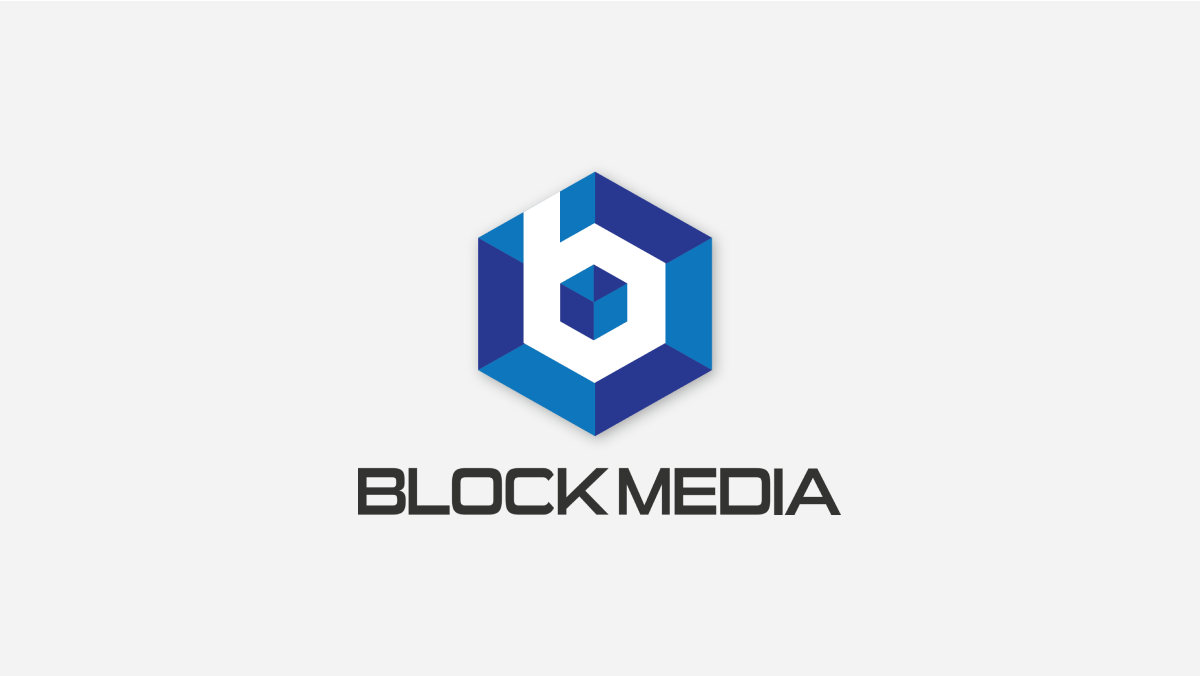From the desk of Myntfund
REYKJAVÍK, Iceland., Aug. 9, 2023 /PRNewswire/ — One of the fundamental benefits of blockchain technology is its ability to record transactions transparently in a tamper-proof ledger.
This level of openness is unprecedented in a financial sector where obscurity, complicated acronyms, and manipulation benefit only the most powerful players. Specifically, blockchain technology can shine a light on unethical tactics like the use of dark pools-private exchanges where large trades happen, hidden from the public eye. In short, these pools allow hedge funds to influence prices undetected by dumping stocks en masse.
But only a few at the top of the securities hierarchy benefit from “taking a dip” into these pools.
In 2016, Barclays and Credit Suisse were fined more than $150 million by the SEC for operating dark pools.
In the words of the famous David Fincher film “The Social Network” about Facebook’s meteoric rise:
“In the grand scheme of things, that’s a speeding ticket.”
In other words, those fines mean nothing to these firms, and the SEC is nothing but a highway patrolman catching them in the act every once in a while.
To level the investing playing field, larger technological changes are necessary.
Blockchain’s transparency permits regulators to monitor markets continually instead of relying on sporadic inspections. While the SEC changed laws recently to inspect hedge funds unannounced, their oversight remains limited. Blockchain provides constant surveillance of all network activity and assets.
This visibility deters foul play and benefits retail investors.
The inefficiencies and obfuscation of legacy financial systems ultimately stem from high costs and outdated processes. For example, the systemic practice of “beautifying” balance sheets uses significant resources to polish company images before listing publicly.
There’s another word for this process:
Fraud.
But hey, we’re not the SEC-what do we know?
Then there’s the substantial administrative overhead of managing securities through decades-old infrastructure.
For example, simply listing a stock on an exchange requires tens of millions of dollars (depending on the number of stocks issued) and over a year of jumping through hoops. The costs and complexities of issuance and trading continue to plague processes long after the initial hurdles.
This bureaucratic bottleneck contradicts the swift pace of modern business.
Let’s face it: despite the many (valid) complaints about cryptocurrencies, blockchain technology could bring securities into the 21st century.
Blockchain technology allows assets like stocks to be issued and traded in a direct peer-to-peer manner, sans middlemen. Intermediaries and gatekeepers have traditionally cream-skimmed value while saddling processes with exorbitant costs.
Not so on-chain.
Blockchain also enables fractional ownership, letting retail investors participate in opportunities otherwise accessible only to the wealthy, such as real estate or investment funds. By opening doors to diverse investors, blockchain also promotes financial inclusion in capital markets.
For issuers and companies, listing securities on the blockchain dramatically cuts down costs compared to traditional routes. Startups in particular can benefit from this affordability and lower their barriers to entry. Ongoing costs are also slashed through process automation and reduced paperwork.
Beyond listing, blockchain tech also reduces the overhead of compliance, tracking ownership, and shareholder communications. These activities typically take tremendous manual effort and expense in legacy frameworks.
Blockchain’s ability to embed rules and automate workflows via smart contracts also smooths operations throughout the security’s lifecycle.
Specialized blockchain exchanges have already emerged to solve some of these endemic industry problems. For example, MyntExchange implements an innovative fee model where transactions incur a small charge in company stock instead of cash.
Moreover, it uses smart contract technology to protect users from so-called “pump and dumps” where company leaders dump all of their stock at the highest point, leaving their investors “holding the bag” of now-worthless company stocks. (Unfortunately, this happens a lot in the crypto world.)
In a blockchain-enabled investing environment like the one we’re describing-with a unique “pay in shares” fee model-holding shares aligns the exchange’s incentives with listed firms, as well as the investors, thus avoiding conflicts of interest.
Don’t forget:
In the traditional, legacy financial system, “conflict of interest” is a synonym for “business as usual.”
Let’s say we change that, eh?
Of course, while blockchain technology improves security through encryption and resilience, risks like hacking remain. Exchanges must utilize impenetrable infrastructure and smart contract code to thwart exploits.
Users also need to manage their private keys responsibly to prevent theft. Ultimately, like all things cybersecurity, blockchain technology is only as secure as its underlying implementation.
For securities in particular, blockchain must be layered with protections against fraud. MyntExchange, for example, achieves this by isolating its ecosystem to render stolen assets worthless. In other words, the exchange also uses its native currency MintPay to enable trading between assets. This liquidity pool acts as a protective moat by only allowing whitelisted tokens.
BROADER POTENTIAL OF BLOCKCHAIN
Beyond trading, blockchain technology opens doors the doors to all kinds of other benefits for retail investors, including:
- Embedded governance
- Secure voting
- Compliance
- Automated regulatory filings
In short, shareholders can participate in transparent decision-making while companies save costs and effort.
Overall, blockchain technology presents a monumental opportunity to fix foundational flaws in the securities industry plaguing both issuers and traders. By enhancing transparency, promoting fair access, reducing costs, and enabling innovation, blockchain can propel securities into the 21st century.
The next generation of securities rests on a foundation of openness, efficiency, and equal opportunity.
To get your asset on-chain,
CONTACT:
info
The following files are available for download:
– Why MyntExchange is born out of necessity




